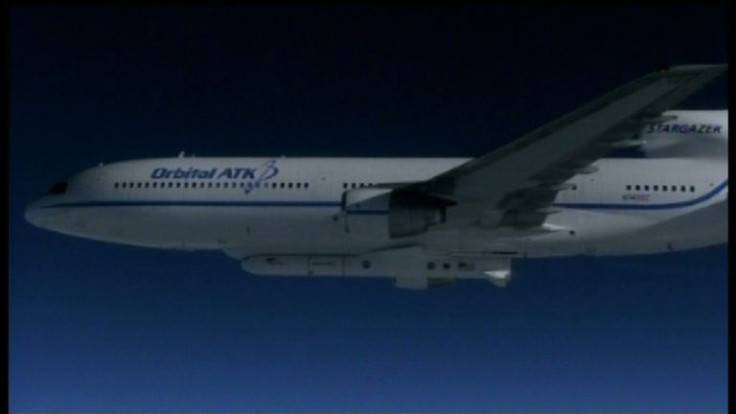NASA News: Launch of Satellites To Help Better Forecast Hurricanes Canceled

NASA was expected to launch eight little satellites to space on board the Pegasus XL rocket, but it was forced to abort the launch, the space agency explained Monday morning.
The launch from the Cape Canaveral Air Force Station in Florida was cancelled because of a faulty hydraulic pump, NASA said. The launch of the small satellites, which make up the Cyclone Global Navigation Satellite System (CYGNSS), is part of the agency’s increasing focus on small satellites and would help improve hurricane intensity forecasts.
What Went Wrong
NASA says a problem with the hydraulic system developed after takeoff, just 25 minutes before the initial 8:30 a.m. launch schedule. The faulty hydraulic system was not for the L-1011 "Stargazer" aircraft itself, but for the system that allows the Pegasus XL rocket to release from the aircraft, NASA said. That system was not meeting its “prescribed pressures,” which suggested a problem with the hydraulic pump.
“The team did a lot of valiant troubleshooting in the air,” NASA Launch Manager Tim Dunn said in an update. “Everyone wanted to have another launch attempt today, so we continued right up until the L-4 minute point.”
The weather also complicated the launch with pilots flying “around, under and over a lot of precipitation and bad clouds,” said Dunn.
NASA has rescheduled the launch for tomorrow morning if the hydraulic pump issue is fixed and if the weather improves.
The Goal of CYGNSS
The small satellites are meant to study ocean surface winds throughout the life cycle of tropical storms and hurricanes, NASA said Saturday in a mission science briefing. The data from CYGNSS could help scientists understand key air-sea interaction processes that take place near the core of storms.
"The CYGNSS mission's eight identical microsatellites will team up with the Global Positioning System (GPS) constellation to measure wind speeds over Earth's oceans and air-sea interactions, information expected to help scientists better understand tropical cyclones, ultimately leading to improved hurricane intensity forecasts," NASA explained in a statement released before the launch.
Although a single satellite can only measure any location once every two or three days, the set of eight satellites can gather data from anywhere in the tropical oceans on average once every seven hours.
© Copyright IBTimes 2025. All rights reserved.




















